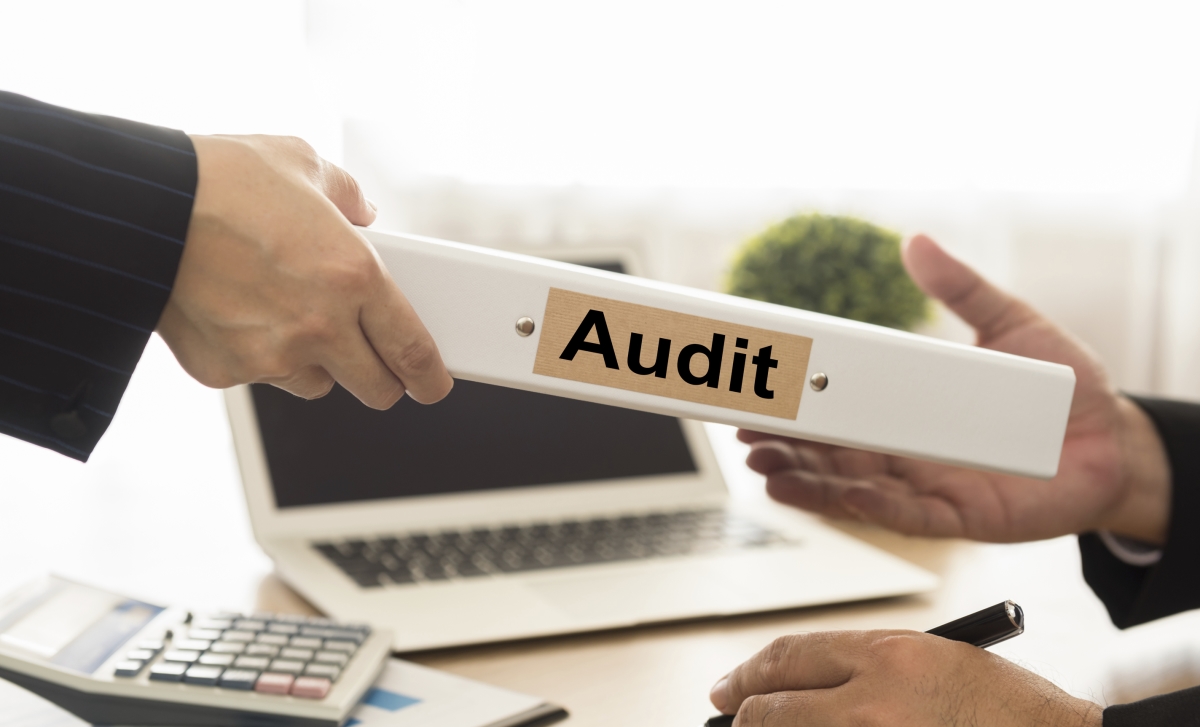
The process an SMSF auditor undertakes is at times onerous and can present a pressure cooker of issues at various stakeholder levels - accountants, clients and the all-important auditor independence.
There is a big variation between different auditors as to what they consider sufficient audit evidence in any given situation. Of course there are situations where professional judgement is needed.
The following common areas can be challenging for auditors:
• Bank Statements. With CLASS, BankLink, BGL 360 and online banking, it is now more common for clients not to receive bank statements. This creates a headache for auditors who are asked to rely on information in some cases that could be fabricated in excel.
• Bank overdrafts under $30,000 (in aggregate) for a non-first year SMSF. Should you ACR? The answer is not so simple. Has it happened before, are there any other SIS breaches? What is the size of the SMSF?
• Term Deposits. These are one of the more difficult documents for a client to get reissued if lost. Banks generally advise they cannot be reissued, in some cases they can but this can take time. Another issue can be found when the corporate trustee is a trading entity, sometimes the bankers on reset date move them out of the fund to the trading entity which create further complications.
• Property Title Search. While not strictly required, we recommend obtaining a title search on all properties. The most common issue is the property is not in the name of the SMSF trustee or the client has mistakenly put a charge over the assets. The auditor needs to check the SMSF actually owns the asset before signing off on the audit.
• Related Party Entity Loans. Was interest paid? Is there a loan agreement? Did the money move from the SMSF to the entity? or did the money move to the member?
• Unlisted Shares. Verifying the shares are actually held at 30 June and obtaining a June 30 market value. Due to the risk of being sued and or the cost of obtaining valuations, companies rarely provide these. It is difficult to obtain even 30 June financial accounts to which you can do a Net Tangible Asset calculation for the shares (presuming only one class of shares). Often the best course of action is to request a set of account and an ASIC search to check the shares on records.
• Limited Recourse Borrowing Arrangement. Missing, lax or incorrect paperwork are the biggest issues here. Again we suggest undertaking a title search to check the custodian is correctly listed.
• Related Party Acquisition Rules. This issue is crucial for all auditors to be aware of. One area that can trip up auditors is that you cannot acquire unlisted shares in a non-controlled entity under the 5% in house asset carve out rules. Auditors need to check to ensure that the listed security price as noted in the financial accounts is correct by checking share market prices online.
• Insufficient pension minimum (outside 1/12th carve out rules). Auditors should always check the minimum pension has been made and that if under a TRIS they are made in cash (generally speaking) so the money flows from the bank account.
• Separation of Assets. Are the assets correctly in the name of the Superannuation Fund (apart from anything such as property in Victoria which shows the trustees only).
This only scratches the surface of some of the issues that SMSF auditors encounter. At Foundation Advisory we are committed to a diligent and efficient SMSF Audit process.
Contact our office on 9878 7647 to arrange an obligation free meeting.


